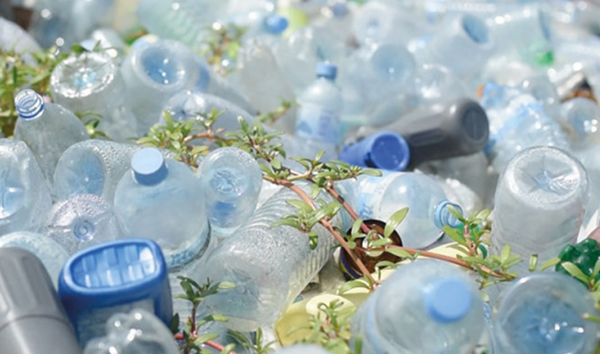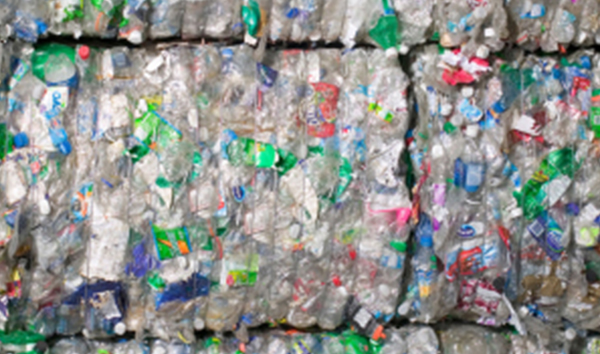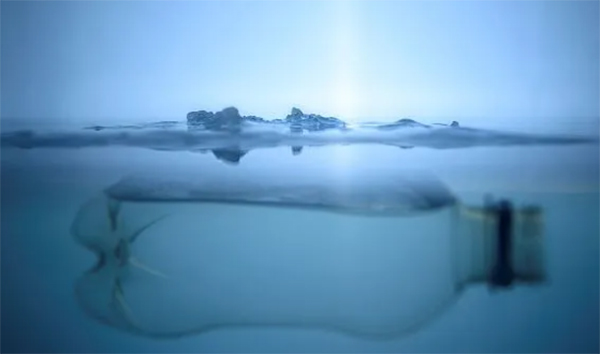The Heavy Burden of Global Environment-Plastic Waste
 Aug 20, 2024|
Aug 20, 2024| View:62
View:62Plastic was once known as one of the greatest inventions of the 20th century, but while it has facilitated human life, it has also brought many side effects. With the widespread use of plastic products, plastic pollution has become a global environmental problem.
The Lianhe Zaobao of Singapore reported on May 19 that researchers recently found that the micro plastic content in the coastal areas of the country had increased significantly, and new toxic plankton had also been detected, which may have an impact on the marine environment.

Microplastics "refer to plastic particles with a diameter of less than 5 millimeters, such as microplastics and nanoplastics. Due to being a pollutant carrier, also known as "PM2.5 in the ocean", many toxic planktonic organisms attach to microplastics for growth. With the increasing global plastic consumption year by year, the problem of microplastic pollution in the ocean has become increasingly severe.
Microplastics "refer to plastic particles with a diameter of less than 5 millimeters, such as microplastics and nanoplastics. Due to being a pollutant carrier, also known as "PM2.5 in the ocean", many toxic planktonic organisms attach to microplastics for growth. With the increasing global plastic consumption year by year, the problem of microplastic pollution in the ocean has become increasingly severe.
Plastic Waste
On May 20th, according to the website of "Korea Business Telegraph", the Seoul Metropolitan Government announced that it will implement a new version of waste management regulations starting from September, prohibiting the use of disposable plastic products in events held by the Seoul Metropolitan Government with an expected participation of more than 1000 people. The organizers will also be required to develop plans to reduce waste during the event planning stage, in order to cultivate a habit of paying attention to environmental protection.
Sports venues and funeral homes in Seoul generate a large amount of plastic waste due to frequent gatherings and events. The Seoul Metropolitan Government announced that from the second half of this year, major private funeral homes, including Samsung Seoul Hospital Funeral Parlor, will use reusable tableware.

In addition, starting from the second half of the year, the Seoul Metropolitan Government will fully implement the "Bring Your Own Cup Points Activity". Consumers bring their own cups to the franchise store and use a specific payment platform to purchase drinks. Each consumption can earn 300 points, with a monthly limit of 9000 points, which can be used to offset cash. In addition to these measures, the Seoul Metropolitan Government has provided subsidies for small coffee shops to purchase paper straws or substitute straws since May 13th to encourage people to abandon plastic straws.
Someone once used the phrase 'visible pollution, invisible harm' to describe the environmental problems caused by discarded plastics.
Plastic pollution not only causes visual pollution to people, but also damages soil and aquatic ecology, affecting the absorption of water and nutrients by plants in the soil, inhibiting normal plant growth, and easily being ingested by aquatic animals in water, causing indigestion and even death. It sinks to the seabed and suffocates corals. Plastic is difficult to degrade, and the damage and impact of this pollution are persistent.
Research has shown that nanoscale microplastics can penetrate the membranes of animal and plant cells and enter the body. Waste plastics ultimately decompose into small fragments and particles in nature. Due to their large specific surface area, plastic particles are prone to adsorb toxic pollutants such as heavy metals and organic matter, polluting every ecosystem from mountaintops to the seabed. Ultimately, they pose a threat to human health through the food chain, water, and even air inhalation.
Professor Xinqing Zou's team from the School of Geography and Oceanography at Nanjing University has conducted in-depth research on the ecological effects of microplastics. Microplastics are currently ubiquitous in the ocean, and scientists have found microplastics in different marine media such as marine organisms, seawater, and marine sediments, even in the Mariana Trench at a depth of tens of thousands of meters.
Unlike common plastic products such as food delivery packaging and beverage packaging in daily life, microplastics are invisible to the naked eye and cannot be intuitively felt. However, their "coverage" is much wider than disposable plastic packaging. If a plastic bottle is placed in a vent and exposed to sunlight and rain for years, the bottle can produce many microplastic particles.

In our daily lives, when we come into contact with plastic products, we all come into contact with microplastics. "Researchers have research data that the plastic particles a person eats in a week are about one 'bank card'. The vast majority of these microplastic particles are excreted from the body, and a small portion enters the cells and blood of the human body, making them ubiquitous in the body".
It is reported that microplastics have the characteristics of large specific surface area and strong hydrophobicity, which can adsorb persistent organic pollutants, heavy metals, as well as pollutants such as drugs and personal care products, resulting in composite pollution.
In addition, plastic pollution also has an impact on the climate. Plastic products mainly come from petroleum. The more plastic we manufacture, the more petroleum resources we consume. Moreover, plastic products consume energy and emit greenhouse gases throughout their entire lifecycle from production to recycling, exacerbating the climate crisis in a continuous negative feedback loop.
Water soluble bags offer several significant advantages. They are environmentally friendly as they dissolve in water, reducing plastic waste. These bags are convenient for applications where quick dissolution is needed, such as in laundry detergents or agricultural products. They are also safe for the environment as they do not contribute to microplastic pollution.
Microplastics, on the other hand, have their own set of benefits. They can be engineered to have specific properties and are often used in various industries. For example, in cosmetics, they can provide exfoliation. In some manufacturing processes, microplastics can enhance the durability and functionality of products. They are also relatively inexpensive to produce and can be easily incorporated into different formulations.
However, concerns about their environmental impact are leading to increased research on sustainable alternatives.







